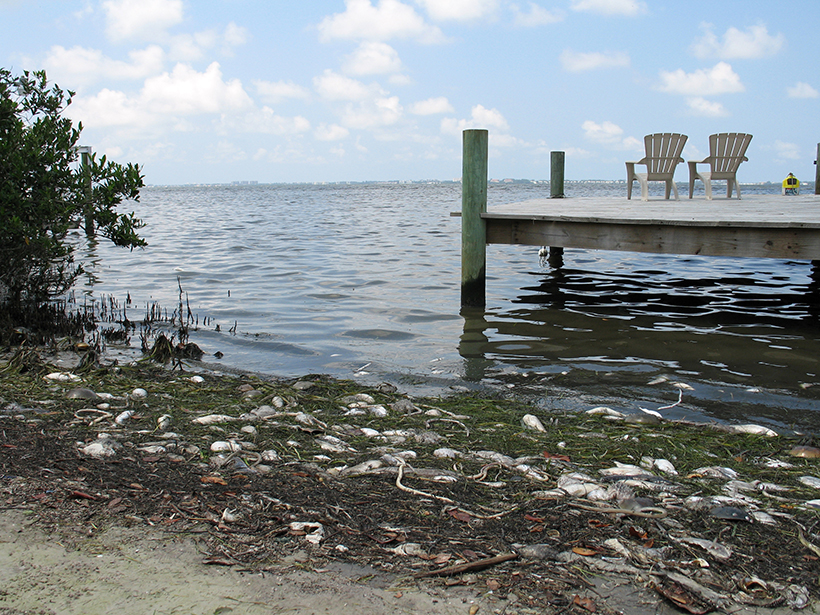An approach that combines field observations and satellite inferences of Secchi depth could transform how we assess water clarity across the globe and pinpoint key changes over the past century.
Z. Lee
Posted inScience Updates
Coastal Observations from a New Vantage Point
The NASA Geostationary Coastal and Air Pollution Events satellite mission plans to keep an eye on short-term processes that affect coastal communities and ecosystems.


